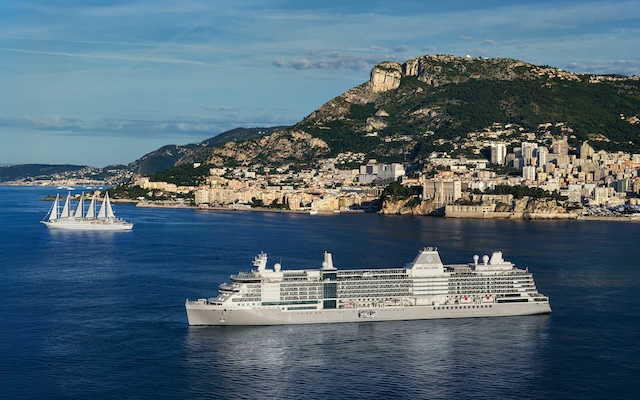ADVENTURE tourism is one of the fastest-growing travel segments in the world, hitting a global value of US$263 billion in 2013. This represents a monstrous increase of 195 per cent from 2011, states a new report by UNWTO.
The UNWTO Global Report on Adventure Tourism, published in collaboration with the Adventure Travel Trade Association, is the UN World Tourism Organization’s (UNWTO) first approach on adventure tourism.
The report said that the growth of the segment is buoyed by rising access to travel, increasing disposable income and demand for experiential travel.
Another global trend in adventure tourism is the rise in supply as destinations train adventure travel companies to support local people and destinations incorporate adventure into their brand identities, as in the case of New Zealand’s 100% Pure New Zealand.
Furthermore, travel companies such as TUI and Carlson Wagonlit Travel have also launched their own subsidiaries to provide adventure travel offerings as their primary brand identity.
The report dissects four different types of adventure activities – skiing, cycling, backpacking/trekking/hiking and surfing. It noted that skiing is a mature activity that spans the adventure spectrum from off-beat locales to popular destinations, with dedicated resorts and facilities to the activity.
Surfing could likewise follow the trajectory of skiing and become available to mass market tourists and develop specialised resorts for surfing. Furthermore, surfing opens up non-traditional destinations that could eventually lead to non-surfing tourists to visit as well.
Tourists are also dispersed to non-traditional destinations through the eco-friendly activity of cycling, thus spreading the fruits of tourism to more local areas. As a result, destinations investing in cycling infrastructure will reap benefits.
Backpacking/trekking/hiking is touted to be the most resilient in the face of economic uncertainty. Such tourists usually stay in a destination for longer though spending less per day, but they enter local and regional economies.
The 80-page report also covers what adventure tourism is, industry structure, local economies, communities and the environment, operational standards and certifications, risk management, as well as sector challenges, opportunities and initiatives.


















